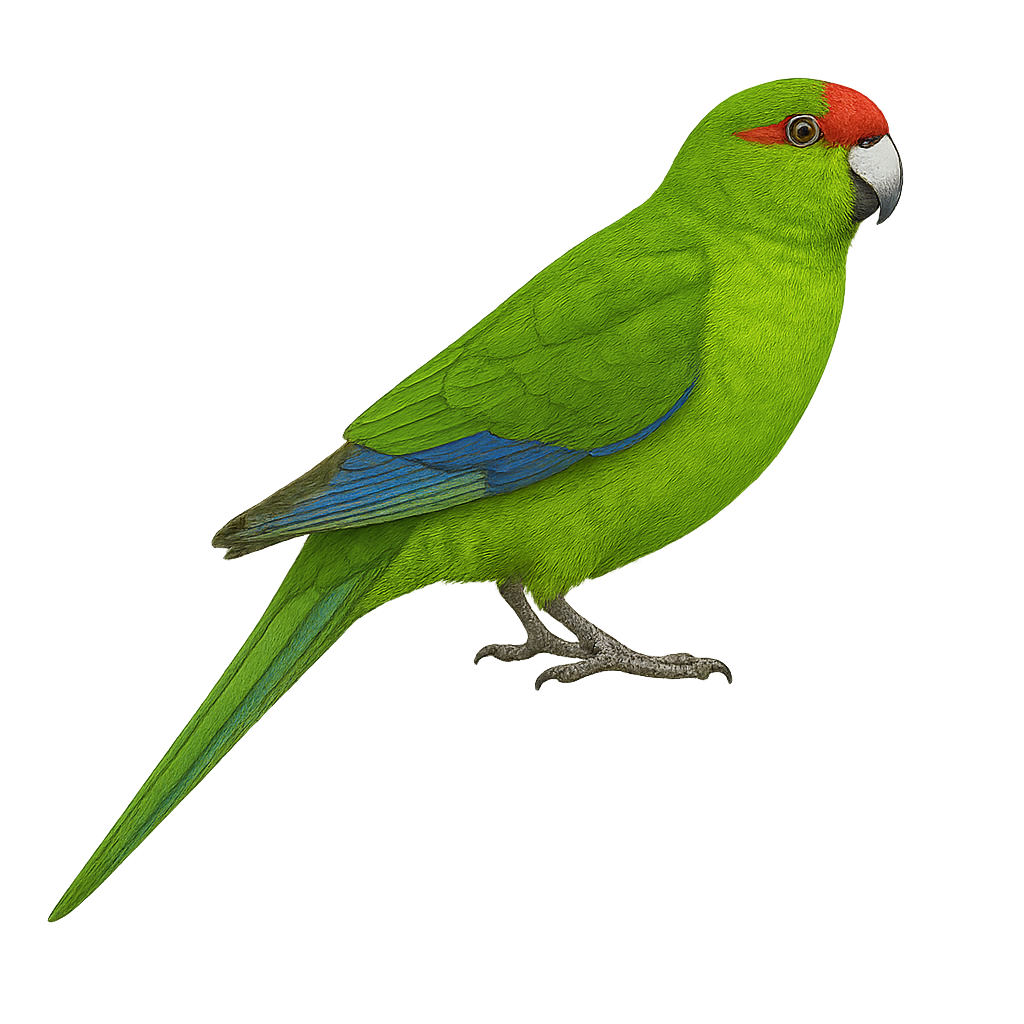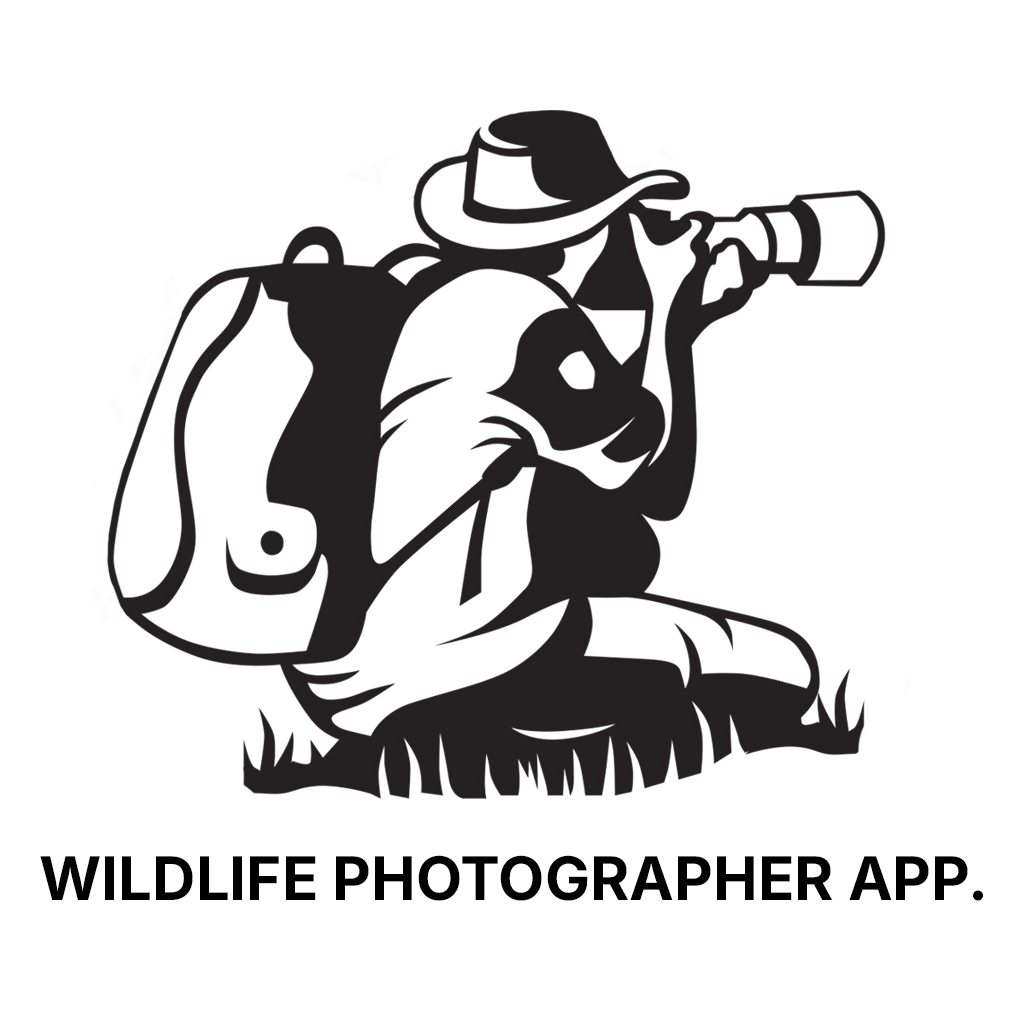Your wildlife photography guide.
Explore the red-fronted parakeet in detail, study its behavior, prepare your shots.
Where to observe and photograph the red-fronted parakeet in the wild
Learn where and when to spot the red-fronted parakeet in the wild, how to identify the species based on distinctive features, and what natural environments it inhabits. The WildlifePhotographer app offers tailored photography tips that reflect the red-fronted parakeet’s behavior, helping you capture better wildlife images. Explore the full species profile for key information including description, habitat, active periods, and approach techniques.
Red-fronted Parakeet
Scientific name: Cyanoramphus novaezelandiae

IUCN Status: Near Threatened
Family: PSITTACIDAE
Group: Birds
Sensitivity to human approach: Suspicious
Minimum approach distance: 5 m
Courtship display: October to December
Incubation: 20-22 jours
Hatchings: October to January
Habitat:
Forests, shrublands, coastal islands
Activity period :
Primarily active during the day, with peak activity in the morning and late afternoon.
Identification and description:
The Red-fronted Parakeet, or Cyanoramphus novaezelandiae, is a parrot endemic to New Zealand. This small bird, measuring about 25 cm in length, is easily recognizable by its bright green plumage and distinctive red frontal band. It primarily inhabits forests, shrublands, and coastal islands. Although it is an excellent flyer, it also spends a lot of time on the ground searching for seeds, fruits, and insects. The Kakariki is known for its social and curious behavior, often observed in small groups. Unfortunately, its population has declined due to predation by introduced species and habitat loss.
Recommended lens:
400 mm – adjust based on distance, desired framing (portrait or habitat), and approach conditions.
Photography tips:
To photograph the Red-fronted Parakeet, it is advisable to use a telephoto lens of at least 400mm to capture precise details without disturbing the bird. Look for areas where these parrots are active, such as forests and coastal islands. Be patient and discreet, as although they are curious, they can be suspicious. Take advantage of moments when they are feeding on the ground to get interesting shots.
The WildlifePhotographer App is coming soon!
Be the first to explore the best nature spots, track rutting seasons, log your observations, and observe more wildlife.
Already 1 449 wildlife lovers subscribed worldwide

